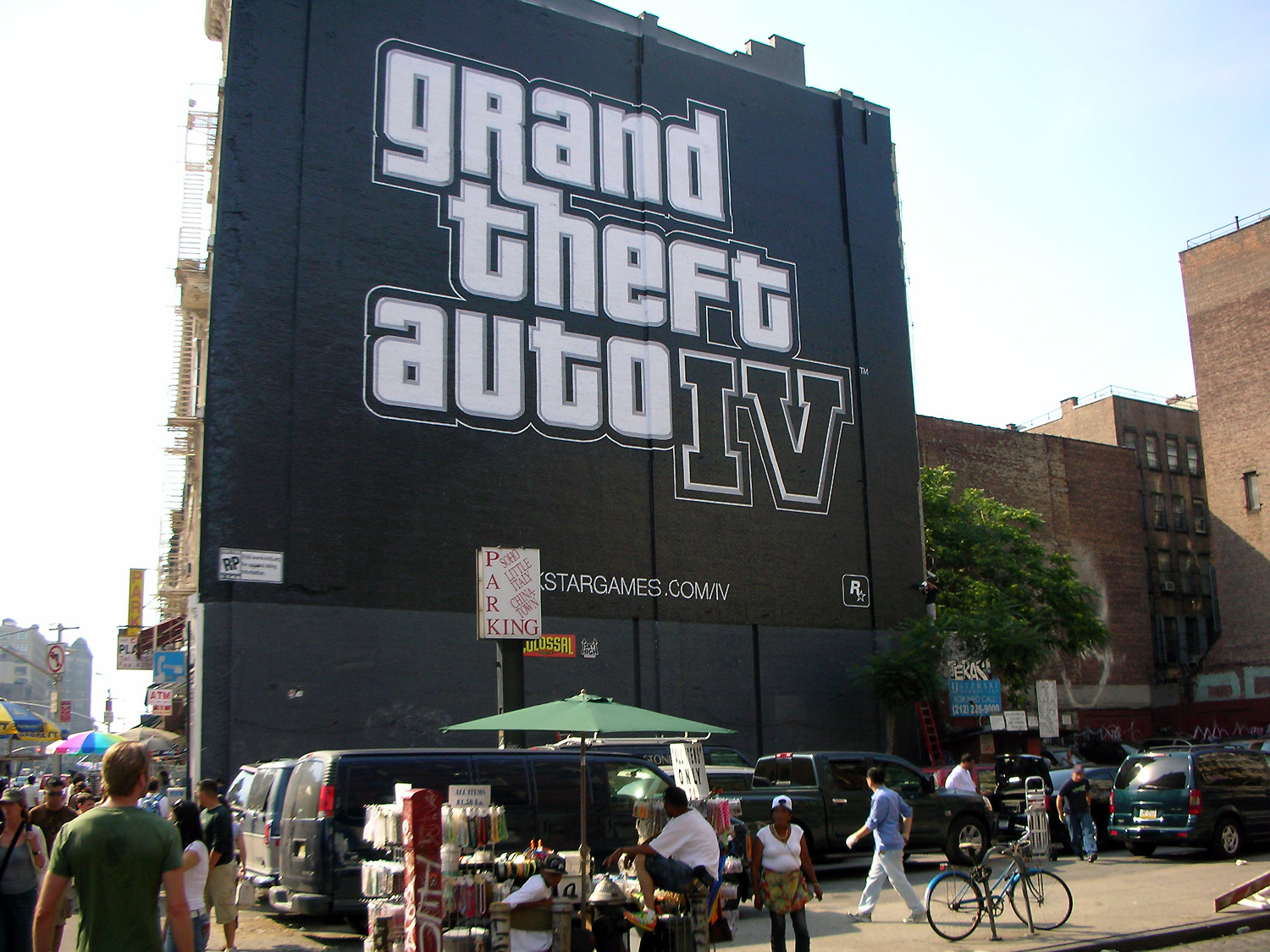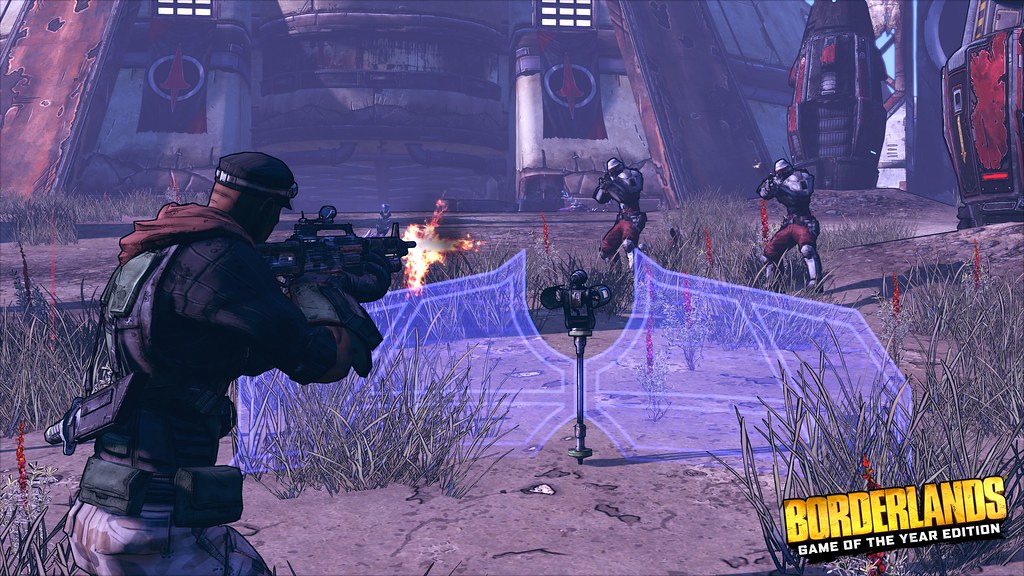Can you believe it’s been a whopping 16 years since we first set foot in the gritty, neon-lit streets of Liberty City? That’s right, folks—Grand Theft Auto IV burst onto the scene back in 2008, and it’s been a wild ride ever since. Developed by the gaming wizards at Rockstar North and published by Rockstar Games, this masterpiece not only marked the sixth main entry in the Grand Theft Auto series but also the eleventh installment overall. It was a game that promised adventure and delivered it in spades, setting a new benchmark for what an action-adventure game could be.

Gameplay and Mechanics
Story of Grand Theft Auto IV is as compelling as they come, focusing on the Eastern European war veteran Niko Bellic. Niko’s journey is one of hope, desperation, and the relentless pursuit of the American Dream. As players, we were drawn into his quest to escape a dark past while navigating the pressures from high-profile criminals in the sprawling metropolis of Liberty City—a fictional locale inspired by none other than New York City itself. The game’s open-world design was a marvel, granting us the freedom to explore three main islands and the neighboring state of Alderney, reminiscent of New Jersey, with no holds barred.
We were introduced to a third-person perspective that allowed us to fully immerse ourselves in Niko’s world, whether on foot or behind the wheel of a vehicle. The single-player mode was a deep, narrative-driven experience where we controlled Niko’s every move. But that wasn’t all—Grand Theft Auto IV also came with an online multiplayer mode, a feature that let up to 32 players dive into both cooperative and competitive gameplay within a recreation of the single-player setting. This was a game-changer, folks, and it set the stage for the future of online gaming in the Grand Theft Auto series.
The expansions, ‘The Lost and Damned’ and ‘The Ballad of Gay Tony’, further enriched the Grand Theft Auto IV universe. They introduced new plots that intertwined with the main storyline and brought fresh protagonists into the mix. The development of Grand Theft Auto IV was an ambitious project that began shortly after the release of San Andreas. Rockstar’s studios around the world collaborated to bring this vision to life, shifting the series towards a more realistic and detailed style. The cinematic influences of previous games were set aside as the team embarked on an original storytelling approach. Their dedication to authenticity was so intense that they conducted extensive field research in New York, amassing over 100,000 photographs and hours of video footage.
While not the largest map in the series, the developers believed its verticality and level of detail made it comparable in scope. And let’s talk about the budget—over $100 million, making it one of the most expensive video games ever developed at the time. But boy, did that investment pay off!
Upon its release, Grand Theft Auto IV smashed sales records, becoming the fastest-selling entertainment product in history at that point. It raked in an astonishing $310 million on its first day and $500 million in its first week. Critics and gamers alike were in awe, with many hailing it as one of the greatest video games of all time. It scooped up Game of the Year awards left, right, and center, and by 2013, it had sold over 25 million copies. However, it wasn’t all smooth sailing. The game stirred controversy, particularly around its depiction of violence and the option for players to drink-drive. But despite the debates, Grand Theft Auto IV’s influence was undeniable, paving the way for its successor, Grand Theft Auto V, which hit the shelves in September 2013.
The gameplay mechanics of Grand Theft Auto IV were a leap forward for the series. Missions were more than just linear scenarios; they were part of a living, breathing world where multiple missions could be active simultaneously. Liberty City was a character in its own right, larger than previous entries in the series and meticulously detailed. Players had the freedom to explore the first island from the get-go, with the rest of the city unlocking as the story unfolded. The combat system was overhauled with a new cover system, adding depth to firefights and allowing for a more strategic approach to taking down enemies. The health system was revamped, with various ways to regenerate health, and the law enforcement response was more dynamic, with a ‘wanted’ meter that reflected the player’s level of notoriety.
Niko Bellic’s journey was not just about completing missions; it was about making connections with the city’s inhabitants. Friends could offer services, such as Roman’s taxi rides, and players had to navigate moral choices that impacted the storyline. The game world was rich with activities, from bowling to darts, and the in-game television programming added layers to the immersive experience. Niko’s cell phone was a key tool, used for everything from organizing activities to accessing the game’s online multiplayer mode. The introduction of an in-game Internet, where Niko could send and receive emails and set up dates, was a novel feature that added to the game’s realism. The subway system provided a quick way to traverse the city, further enhancing the sense of a living, interconnected world.
When it comes to online multiplayer mode, it was a standout feature, allowing players to explore the map without constraints. With a variety of game modes, both cooperative and competitive, players could engage in deathmatches, street races, and more. The ability to customize the game experience, such as adjusting police presence and traffic, gave players control over their gameplay. Although the multiplayer mode on Windows was discontinued in 2020, its impact on the gaming community was significant, offering a glimpse into the future of online play in the Grand Theft Auto series.
The legacy of Grand Theft Auto IV is also evident in its storytelling. The narrative depth of Niko’s journey, filled with moral ambiguity and the harsh realities of pursuing the American Dream, was a significant departure from the more over-the-top tales of previous entries in the series. The game’s writers, Dan Houser and Rupert Humphries, delivered a script that was both profound and provocative, earning the game critical acclaim for its narrative. The story was not just about the missions; it was about the connections players formed with the city and its inhabitants. The relationships Niko built throughout the game had weight and consequence, influencing the game’s outcome and giving players a sense of agency in the story.
Impact and Legacy
The impact of Grand Theft Auto IV’s gameplay mechanics cannot be overstated. The introduction of a cover system, a more realistic health regeneration process, and a nuanced wanted level system changed the way players approached combat and navigation through the game’s world. The combat system allowed for strategic planning and a variety of approaches to each encounter, making each skirmish feel unique. The health system encouraged players to seek out resources within the city, further immersing them in the game’s environment. The wanted level system added tension to police encounters, making players carefully consider their actions in the world.
The online multiplayer mode of Grand Theft Auto IV was a glimpse into the future of online gaming. It offered a sandbox where players could engage in a myriad of activities, from street races to epic deathmatches. The ability to customize the multiplayer experience, including the level of police intervention and the density of traffic, gave players control over how they wanted to engage with others. The multiplayer mode’s influence is still felt today, as it laid the groundwork for the massive success of Grand Theft Auto Online, which continues to be a cornerstone of Rockstar’s offerings.
The cultural impact of Grand Theft Auto IV was also significant. It sparked conversations about video game violence, storytelling, and the role of games in society. The game’s depiction of violence and the option for players to drink-drive were controversial, but they also led to discussions about the boundaries of the medium and its potential for storytelling. Grand Theft Auto IV was not just a game; it was a cultural phenomenon that challenged players and non-players alike to think about video games in a new light.
It’s technical achievements were equally groundbreaking. The Euphoria engine allowed for unprecedented levels of animation fidelity and interactivity within the game world. The use of the in-game Internet and cell phone for communication and organization of activities was innovative, making the world feel connected and cohesive. The subway system provided a fast and immersive way to navigate the city, further adding to the realism of the game’s world.
Grand Theft Auto IV’s legacy is one of innovation, storytelling, and cultural significance. It pushed the boundaries of what an open-world game could be and set a new benchmark for the industry. The game’s influence is still felt in titles released today, as developers continue to draw inspiration from its groundbreaking mechanics and immersive world design. Grand Theft Auto IV was more than just a game; it was a milestone in gaming history that will be remembered for years to come. As we look back on those neon-lit streets of Liberty City, we can’t help but be grateful for the journey it took us on and the memories it created. Here’s to you, Grand Theft Auto IV, and the indelible mark you’ve left on the world of gaming.
Related posts:
Grand Theft Auto IV
Grand Theft Auto IV: The Lost and Damned Released 9 Years Ago Today
Grand Theft Auto IV




